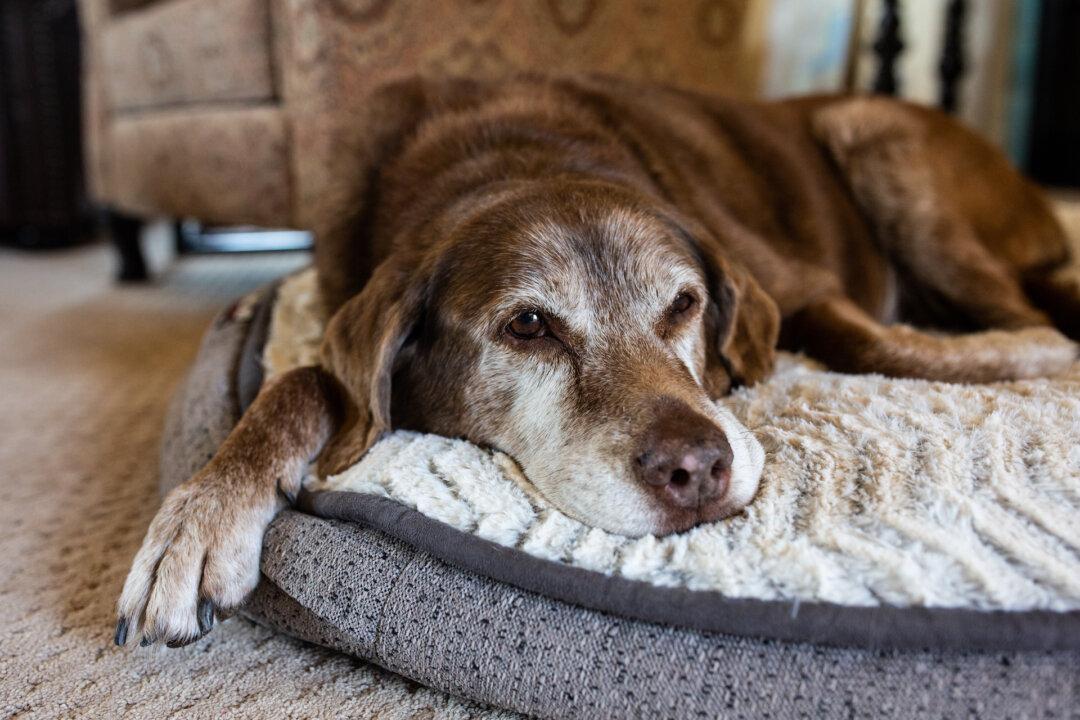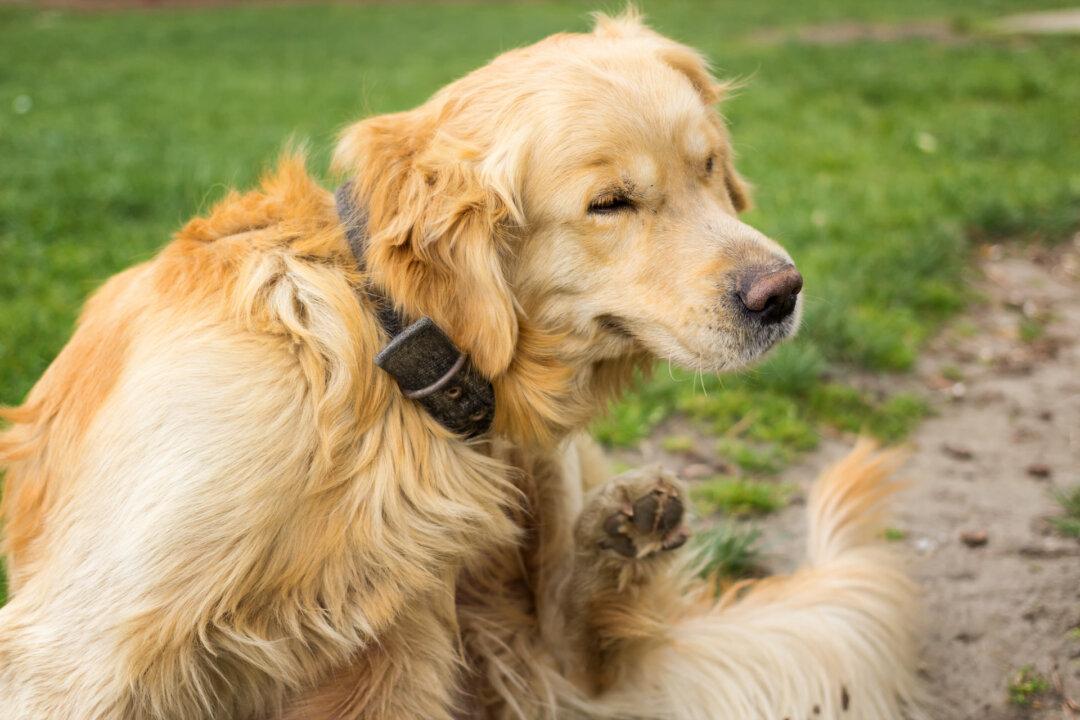Both said that no research has been published on whether pets without oral pain chew on only one side of the mouth, so neither veterinary dentist could answer your question.
It’s certainly possible Penny is chewing on her left because she has pain on the right side of her mouth, perhaps from tooth resorption, a fractured tooth, or a tooth root abscess. To find out, I recommend you make an appointment for dental radiographs, sometimes called X-rays.
Since they will require anesthesia, your veterinarian can clean and polish Penny’s teeth at the same time. If she has a dental problem, your vet can treat it while Penny is anesthetized.
I often find myself chewing on the left side of my mouth, even though the right side doesn’t hurt. So, I looked into your question as it relates to humans, thinking it might help me understand pets’ chewing behavior.
A study published in the Journal of Oral Rehabilitation showed that many humans chew on one side of the mouth, the side with the weaker, less stable temporomandibular joint, or TMJ. Sure enough, my left TMJ has always popped and clicked, though it causes me no discomfort.
Of course, the human mandible is capable of vertical and horizontal movement, while cats and dogs chew vertically, so perhaps their TMJs are inherently more stable than ours. Until research answers your question, it’s best to rule out mouth pain as a reason for Penny’s one-sided chewing behavior.
The nictitans, also called the nictitating membrane or third eyelid, protects the eye and holds a tear gland that produces one-third of the eye’s tears. You’ve probably noticed Luna’s nictitans slide up over her eyeball as she gets sleepy, before her outer eyelids close.
In some dogs, the tear gland is poorly anchored on the nictitans, so it prolapses, or pops up and out of its normal hiding place. This exposes it to the air and compromises its blood supply, causing the gland to become inflamed and look like a cherry.
Predisposed breeds include the beagle, bloodhound, Boston terrier, cocker spaniel, English bulldog, French bulldog, Lhasa apso, Pekingese, and shih tzu. Most affected dogs are under 2 years of age.
The most effective treatment is surgical replacement of the gland back into its proper position. Ask your veterinarian not to cut off the tear gland, because that procedure often causes dry eye, a painful condition marked by decreased tear production that threatens vision and requires lifelong medication.
Untreated cherry eye can lead to the inability to completely close the eyes, dry eye, chronic inflammation, and secondary bacterial infection. So, consult your veterinarian soon about surgical repair.





